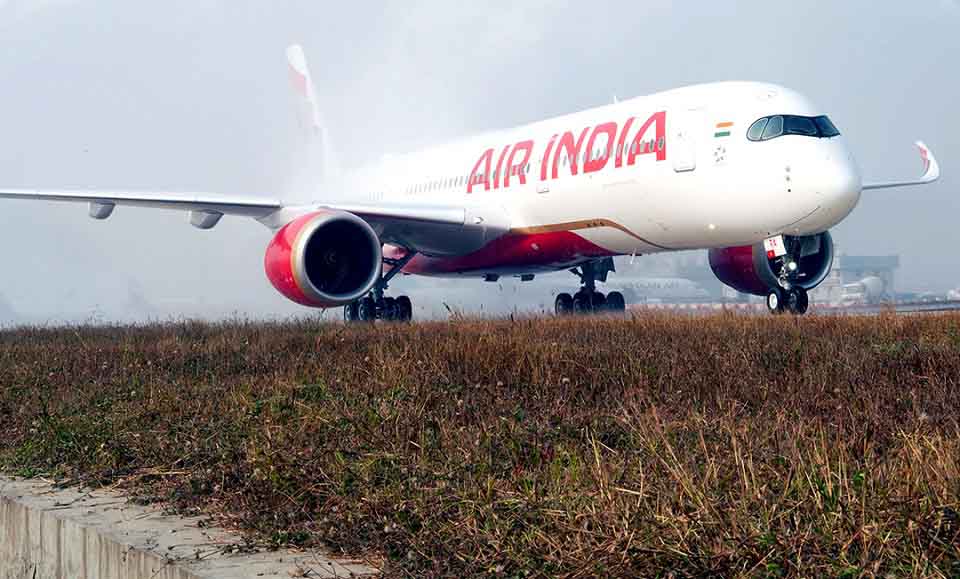Aviation
FAA rolling out new technology at four US airports

The Federal Aviation Administration (FAA) is set to debut cutting-edge airfield surveillance systems at four prominent airports across the United States.
Austin-Bergstrom, Indianapolis, Nashville, and Dallas Love Field will spearhead the implementation of the Surface Awareness Initiative (SAI) by July 2024, marking a significant stride in runway safety enhancement efforts.
SAI revolutionizes air traffic controllers’ situational awareness by leveraging Automatic Dependent Surveillance – Broadcast (ADS-B) data. Through this innovative technology, controllers gain real-time and precise depictions of aircraft and vehicles navigating the entire airfield, irrespective of weather conditions.
Icons representing aircraft and ADS-B-equipped vehicles will populate an airport map, offering comprehensive coverage of runways, taxiways, hold ramps, and other critical areas.
This initiative is a pivotal component of the FAA’s accelerated surface safety portfolio, complementing other vital tools like Approach Runway Verification (ARV) and the Runway Incursion Device (RID). The proactive deployment of these technologies underscores the FAA’s unwavering commitment to fortifying runway safety and averting potentially hazardous incidents.
Beyond technological advancements, the FAA is taking multifaceted measures to bolster safety across the national airspace system. Initiatives include aggressive air traffic controller recruitment drives, enhancements to the Air Traffic-Collegiate Training Initiative, and the deployment of upgraded tower simulator systems in numerous facilities nationwide by the end of 2025.
Additionally, the FAA is fostering collaborative efforts through regular runway safety action team meetings and investing substantially in runway lighting and surface improvements at airports of varying sizes.

Aviation
Air India Invests in Future Talent: 50,000 Staff to Be Trained at New Facility

Air India is set to revolutionize its training programs with the launch of its state-of-the-art Air India Training Academy in Gurugram, which stands as South Asia’s largest aviation training institution.
The academy is not only a symbol of Air India’s commitment to excellence but also plays a key role in strengthening India’s aviation ecosystem.
The 600,000-square-foot facility is equipped with cutting-edge infrastructure designed to meet global aviation standards. Over the next few years, the academy is poised to train more than 50,000 professionals across various aviation sectors, including pilots, cabin crew, ground handling, engineering, and security staff.
UAE Visa: New Rules and Regulations – These Items Are Now Prohibited in the UAE
The academy’s comprehensive training programs will ensure that Air India’s workforce is prepared to meet the evolving demands of the airline industry.
One of the highlights of the Air India Training Academy is its extensive collection of training tools, including over 20 Full Flight Simulator (FFS) bays. These simulators will support the airline’s current and future fleet of Airbus and Boeing aircraft, preparing crew members for both routine operations and emergency procedures.
The training modules are designed to provide immersive, practical learning experiences, allowing employees to hone their skills in real-world situations.
China Eastern Receives Its Ninth C919 Aircraft, Marking a New Milestone
In addition to the academy in Gurugram, Air India is also setting up a Flying Training Organisation (FTO) in Amravati, Maharashtra. This will include 31 single-engine and 3 twin-engine aircraft for flight training, marking a first for an Indian airline.
Air India is also establishing an Aircraft Maintenance Engineering (AME) school to produce a steady stream of skilled engineers, crucial for the upkeep of its modern fleet.
With these new initiatives, Air India is positioning itself as a leader in the global aviation industry. By nurturing the next generation of aviation professionals, the airline will not only fulfill its internal staffing needs but also contribute significantly to the growth of India’s aviation sector.
-

 Aviation2 months ago
Aviation2 months agoMicrosoft Flight Simulator Raises $3 Million to Bring Back the An-225 Mriya
-

 Airlines2 months ago
Airlines2 months agoQatar Citizens Can Travel to the United States Without a Visa
-

 Defence2 months ago
Defence2 months agoWhich Country Has the Largest Fleet of Fighter Aircraft?
-

 Airlines1 week ago
Airlines1 week agoDAMAC Air: Dubai’s New Luxury Airline Offers Free Flights for Registration
-

 Airlines1 week ago
Airlines1 week agoAir India to Launch aircraft maintenance training institute in Bengaluru
-

 Airport2 months ago
Airport2 months agoWestern Sydney Airport Welcomes Its First Plane After 6 Years of construction
-

 Aviation2 months ago
Aviation2 months agoDid you know ? Once Boeing 747 carried 1088 passenger in 1991
-

 Travel1 week ago
Travel1 week agoThis country tops visa rejections in the popular Schengen countries








